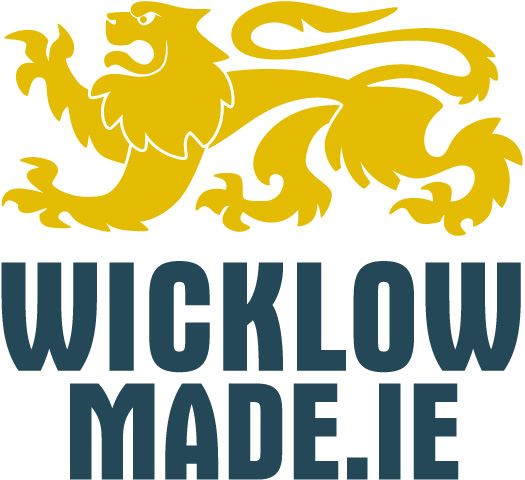Bringing in the hay is hard work!
Before the process became mechanized, various human-powered machines and horse-drawn trailers were used for bringing in the hay on Irish farms. These methods relied heavily on manual labour.
Robert Roe the owner of the Coolakay Agricultural Heritage Centre in County Wicklow and a collector of agricultural machinery shared with us the history of his rare 80-year-old hay bogie in its original condition.
+++
Each week we bring you our stories preserving the rich heritage of Irish transport. Please show your support by becoming a SUPPORTER or PATRON via www.irelandmade.ie
+++
Robert shared with us how his uncles in the 1940s used the bogie for bringing in the hay on the farm. It is very well preserved and is in original condition. According to Robert, “The timber and steel is exactly the way it was on the day it was made”. To bring it to display condition, all he had to do was to clean it down and apply a few coats of paint and varnish.
Thought to have been made locally, the hay bogie has rubber tyres. In his collection Robert does have another hay bogie with steel wheels that he says is even older again.
Robert explained how the hay bogie was operated. Thick rope was wound around the bar at the head of the bogie and then passed once around the hay-cock (tall pile of hay that had been gathered from the field). Then two men working in tandem operated the ratchet bars that tightened the rope and slowly drew the entire hay-cock up and onto the bogie. Once the hay-cock reached the front of the bogie, the centre of balance changed and the entire flat-bed angled forward, dropped down and clicked in place.
A single horse then draws the loaded hay bogie back to the farmyard. To unload, a single lever unlocked the flatbed, it tipped towards the rear and the horse walked forward, unloading the hay. Robert estimates that this bogie could carry half a ton of hay.
Robert gave an insight into the level of fitness required to operate this hay bogie and to complete farm work in general in the 1940s. “They didn’t go to the gym that night, they didn’t have to go to the gym, because they did that much exercise during the day. If you are pulling cocks of hay all day, you had some muscle”.
Robert recounts a story his uncles shared with him about men working with a threshing machine on the farm. Once the threshing machine had separated the grain from the chaff, single hessian bag were filled with 20 stone (127kg) of wheat grain.
The men then had to lift and carry these heavy bags up a ladder to be tipped out in a loft. As a joke the boys on the farm placed a 4 stone (25kg) weight into the middle of the bag of wheat to be carried by a very strong man. The man put, the now 24 stone bag (152 kgs) on his back and “never even knew it was on” until he emptied it out in the loft, and the 4 stone (25kg) weight fell out. He was not a happy man and came down off the loft ready to kill the lad that did it, but no one owned up!
The Coolakay Agricultural Heritage Centre is an essential destination for those interested in Irish farming history. Owned by sheep farmer Robert Roe, whose family has cultivated the land since the 1800s, the centre was established in 1989 to preserve Ireland’s farming heritage. It features an extensive collection of agricultural machinery begun by Robert’s great grandfather and the collection is still expanding today.
Situated just 4 km south of Enniskerry village on the road to Powerscourt Waterfall (R760), the centre showcases the evolution of Irish farming. Along with 27 tractors on display, visitors can explore a variety of farming equipment including manual tools, mowing machines, drill grubbers, potato planters, corn seed drills and horse-drawn implements.
This summer, help preserve Irish transport heritage, book your visit to Coolakay Agricultural Heritage Centre.
Our thanks to Robert and Yvonne Roe, Coolakay Agricultural Heritage Museum
If you have a story to share, email Kevin Reid [email protected]
Sources of Information and Photo Credits:
Adam William Young
Connaught Herald
Irish Farmers Journal
IrishmaninNewMex
Lawrence Collection Irish Life – National Library of Ireland
Meath History Hub – Noel French
Videos of Irish Farming Life


